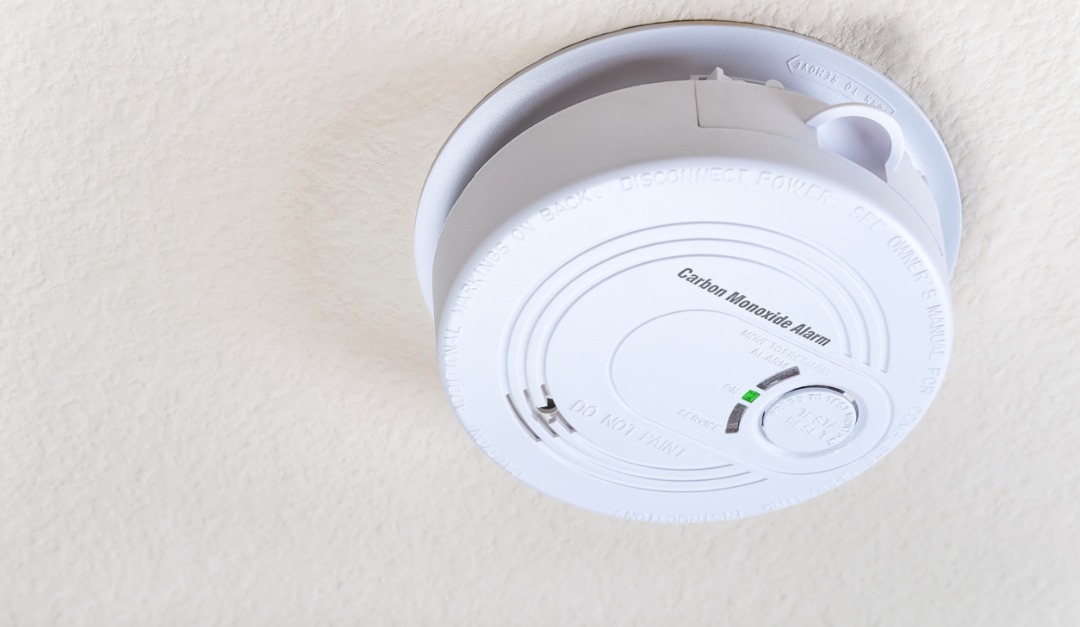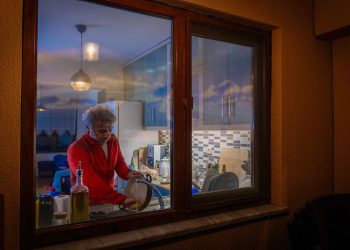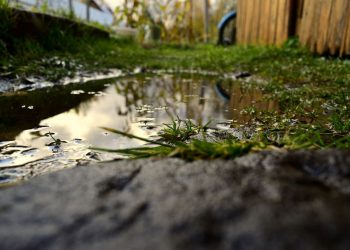Every year, hundreds of people are killed and thousands of others become ill due to carbon monoxide poisoning. Carbon monoxide detectors can save lives, but many people don’t have them in their homes.
What Makes Carbon Monoxide Dangerous?
Carbon monoxide keeps the blood from carrying enough oxygen to vital organs. A person who has been exposed to carbon monoxide may initially experience flu-like symptoms, such as headache, dizziness, nausea, vomiting, weakness and fatigue. Higher levels of carbon monoxide can cause a person to become disoriented or lose consciousness. Even a small amount of carbon monoxide is dangerous.
Where Does Carbon Monoxide Come from?
Carbon monoxide is produced when carbon-based fuels, such as wood, coal, gasoline, oil, propane and natural gas, are burned. It isn’t dangerous in a well-ventilated area, but the gas can cause problems in a confined space.
Carbon Monoxide Detectors Can Save Lives
A carbon monoxide detector will sound an alarm if unsafe levels of the gas are detected. Carbon monoxide may go unnoticed without a detector since it is odorless and colorless.
You should have at least one carbon monoxide detector on each floor of your home (including the attic and basement if you have them), near each bedroom, and in or near an attached garage. Don’t put a detector near a window, in a humid area or in a place where it could be exposed to direct sunlight.
Some carbon monoxide detectors are battery operated or plug into wall outlets, while other models can be connected to a home security system or monitored through a smartphone app. Choose carbon monoxide detectors approved by Underwriters Laboratories or another safety certification organization, check them as recommended by the manufacturer and replace the batteries when necessary.
If a carbon monoxide detector goes off, get all people and animals out of the house and into fresh air immediately. If anyone has flu-like symptoms, call an ambulance. Don’t re-enter the house until the authorities have told you it’s safe. If you don’t know why the carbon monoxide detector went off and officials aren’t able to determine the cause, have any appliances that burn carbon-based fuel inspected and repaired or replaced if necessary.
How to Prevent the Release of Carbon Monoxide
Have your heating system, chimney and fuel-burning appliances regularly inspected and maintained. Don’t use a stove or oven to heat your home or use a grill or stove designed for outdoor use indoors. Don’t warm up your car in the garage, even if the door is open, because carbon monoxide can build up to dangerous levels. Pull your car out of the garage before warming it up. Don’t run any gas-powered equipment indoors unless the area is well ventilated.
Protect Your Family
Carbon monoxide can be produced by common appliances that are found in virtually all homes. The gas can be lethal, and it often goes undetected until it’s too late. If you don’t have carbon monoxide detectors in your home, install them to keep your family safe.











